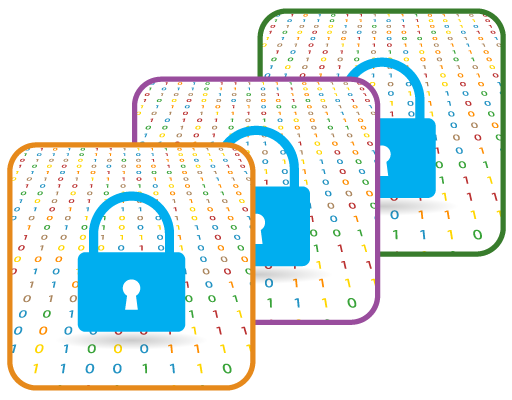People who have purchased ADA typically will hold them in one or more digital wallets. They are their ADA coins on the Cardano blockchain. Same as bitcoins on the bitcoin blockchain.
Because Cardano is a proof of stake blockchain, not poof of work like bitcoin, they had to come up with a way to incentivise people to stake their holdings (“proof of stake”) to give the blockchain the distributed security to make it safe from attack (bitcoin does it by burning electricity – “proof of work”). They did this by incentivising users to stake their holding to individual stake pools.
Each individual stake pool is someone who runs a computer that runs a node on the blockchain. Those stake pool operators are the blockchain. They make money, ADA, by running their node and processing the blockchains transactions.
The money comes from the cost to execute a transaction on the blockchain – a small fee users pay whenever they move their ADA or when they execute a smart contract.
So, an ADA holder can choose to do nothing, but to incentivise them to instead stake their ADA with one or more stake pools, the blockchain pays them a proportion of the ADA the stakepool makes. They have to chose which one they stake with, much like a bank and the best interest rate. Stake pools that get too full start to pay out less, the blockchains way of ensuring there are lots of them, so you want to keep an occasional eye on how the return is from each of the pools you’ve chosen, but that’s it.
In return every 5 days your wallet gets new ADA added to it depending on how that stake pools you’ve staked to have performed. It’s zero risk, the stake pool doesn’t get your actual ADA, just your ability to stake according to its value, so its free money just like bank interest is. Well its not zero risk of course, if the price of ADA falls then of course the value of your ADA falls, but if you have confidence in ADA long term then its free money

